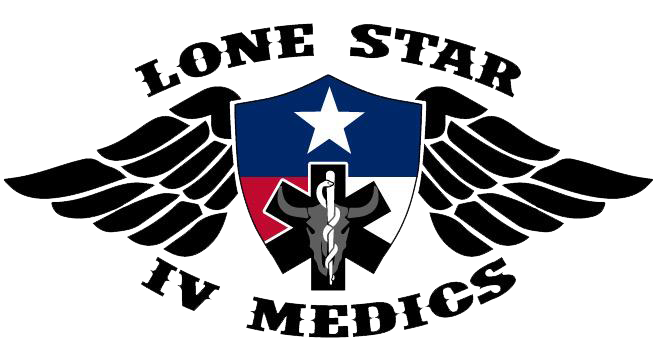
The U.S. healthcare system is good at outreach, but engagement is another story. A startup looking to change that raked in millions of dollars on Thursday.
Digital health app Wellth closed a $36 million Series C financing round, taking the Los Angeles-based company’s fundraising total to $76 million. The funding round was led by Mercato Partners and had participation from CD-Venture, Comcast Ventures, FCA Venture Partners, New York Life Ventures and SignalFire.
Currently, the healthcare system tries to “engage” with patients through a series of infrequent and often annoying outreach messages, noted Wellth CEO Matt Loper.
“We are constantly told what to do by doctors and care teams, then we receive text messages reminding us to pick up our prescriptions at the pharmacy or pay our bills. Soon, we will be inundated by AI chatbots and care companions asking us to connect. All of this outreach overwhelms us, raising our stress and cortisol levels,” he explained.
This type of outreach fails to motivate people to accomplish their care goals or establish healthy habits, Loper added.
Typically, people only interact with the healthcare system when they feel ill or injured — that’s how the country ended up with a “sick care” system, he pointed out. Interventions come too late, leading to hundreds of billions of dollars in preventable costs — as well as widespread human suffering and premature death.
Wellth, which was founded in 2014, has developed a “daily care motivation platform” that gives users a rewarding, positive experience each day that encourages them to prioritize their health — instead of just inundating them with outreach, Loper said.
The app motivates its members to build healthy daily habits by combining small financial incentives with personalized nudges that resonate with their personal goals. Wellth typically offers users small cash rewards or gift cards for doing things like confirming they took their medication or recording a vital sign.
These financial incentives act as an initial hook to help people consistently engage with their health, but the goal isn’t to pay users forever. Over time, as members form routines and experience the benefits of healthier habits, the external rewards are gradually outweighed by intrinsic motivators like feeling better or wanting to stay healthy for family.
Wellth’s app is designed to provide daily dopamine, Loper added.
“We all know the feeling of waking up first thing in the morning and checking Instagram or Tiktok — or binging 8 hours of Netflix and thinking, ‘Where did the time go?’ The main reason that these digital experiences are so addictive is because they give us a ton of dopamine every time we use them. Instead of inundating members with stressful cortisol-inducing outreach, Wellth creates the same sort of daily positive reinforcement through dopamine that is achieved with the most addictive social media interactions,” he explained.
This allows Wellth to have 91% daily engagement rates — even from previously nonadherent Medicare, Medicaid and dual-eligible members, Loper said. The platform has engaged more than 100,000 members to date, with more than 50 million daily behaviors being completed by users.
As a result of this sticky daily engagement, Wellth can help health plans and providers improve end metrics. For example, Loper said the platform has measured statistically significant reductions in inpatient, emergency department and overall costs, as well as improvement in key quality metrics like Medicare Advantage star ratings and care gap closure rates.
Wellth partners with health plans and risk-bearing providers that have financial risk at stake for both the cost of care and quality outcomes, he stated.
“We help quantify the business case upfront of how much savings and quality we can drive based on their actual metrics. We identify exactly which member cohorts need to change their behaviors to realize the business case. Then we put our fees at risk for actually driving that behavior change and end ROI,” Loper remarked.
Investors seem to believe that the company’s dopamine-driven model can deliver healthier patients — and healthier margins.
Photo: PeopleImages, Getty Images










